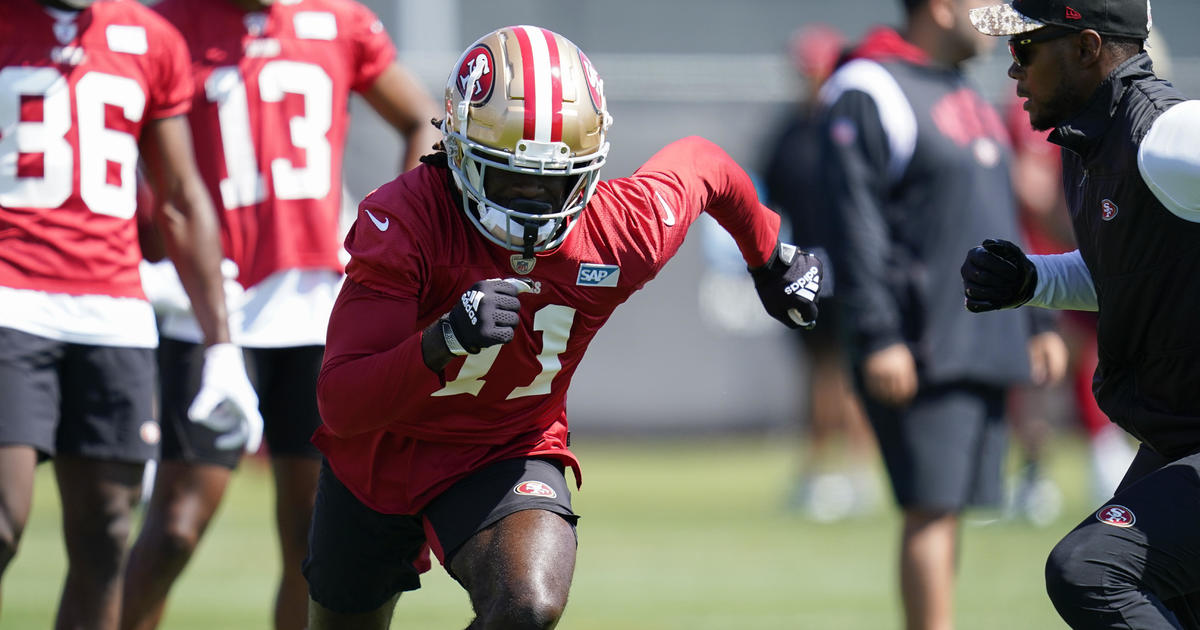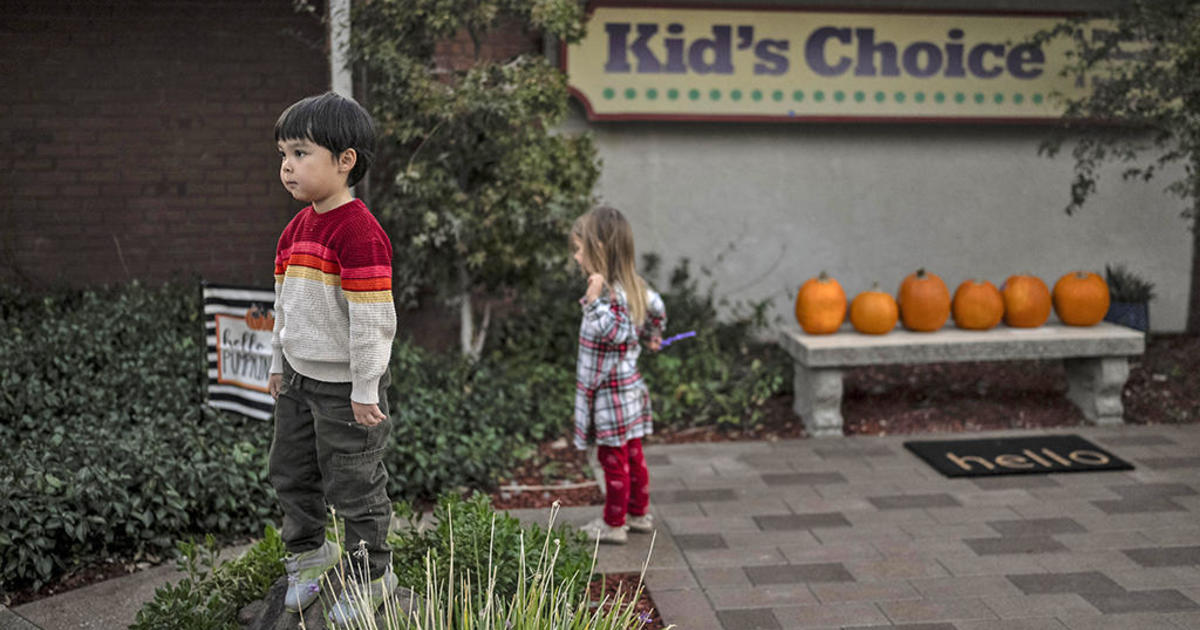Tsunami Deals New Blow To Struggling Crescent City
CRESCENT CITY (CBS/AP) -- Harbor crews are assessing the damage caused by powerful tsunami surges that pounded this northern California port, sinking or damaging dozens of boats and wreaking havoc on port facilities.
"This harbor is the lifeblood of our community," Del Norte County Sheriff Dean Wilson said as he scanned the wreckage from waves touched off by a massive earthquake in Japan late last week.
Last year saw landings of crab and fish worth $12.5 million. "The fishing industry is the identity and soul of this community, besides tourism," he said Saturday.
The region has never recovered from the loss of the timber industry in the 1980s and 1990s, and downturns in salmon fishing, said Wilson, who fished on his father's boats as a young man.
A series of powerful surges generated by the quake arrived about 7:30 a.m. Friday and pounded the harbor. Eight boats were believed sunk and dozens of others damaged; an unmanned sailboat sucked out of the harbor ran aground on the coast.
Crews are beginning the enormous task of determining and then repairing the damage to the port, where a sheen of oil floated in the basin. Seagulls feasted on mussels exposed by upended docks. About 80 percent of the docks that once sheltered 140 boats were gone.
"Our port is struggling," said Kevin Wilson, manager of Nor-Cal Seafood Inc. "Since the last tsunami in '06, they secured the funds to fix it, and this took away all the stuff they were gonna build off."
Crab fisherman Lee Wilson returned to find his boat, the Gold Coast, mostly unscathed. It has survived its second tsunami — the first, a 1964 swarm that killed 11 in the city, had pushed it up on the rocks of the break wall.
Despite the severity of the damage that has drawn curious onlookers to survey the port even in the rain, Kevin Wilson has returned to business. He bought crab from fishermen who decided to work after leaving in the early Friday darkness to escape the waves.
"We've been down here in hurricane-force winds before, and we'll keep working," he said.
For the crews tasked with repairs, it would be a longer wait. Divers could not go into the water and workboats could not maneuver until the tsunami surges end, said Alexia Retallack, a spokeswoman for the California Department of Fish and Game. Local officials were keeping a close eye on Japan through the weekend, in case aftershocks cause another tidal surge.
About 20 miles south, the family of a 25-year-old Oregon man combed the beach looking for signs of him. Authorities say Dustin Weber was swept away as he and two friends photographed the waves.
"He just didn't respect the ocean and didn't understand the tsunami," his father, Jon Weber, said. "The (first surge) hit about 7:30. It was the second wave that hit at 9:30 that got him."
"I think he expected the wave to come out of the ocean, but it didn't. It came down the shore," he said.
Santa Cruz harbor, 350 miles to the south, was the only other California port hard-hit by the waves. But the commercial fishing industry was minimally affected. Most of the 850 boats were pleasure boats, including 60 that are lived in full-time.
Cranes hauled up sunken boats — some possibly salvageable, others snapped into pieces — while crews in life jackets and rubber boots waded near the shore, yanking chunks of broken docks, floating hunks of foam and other trash from the water.
Port Director Lisa Ekers said the tsunami caused at least $17.1 million in damage to the harbor, and another $4 million to private boats. Gov. Jerry Brown issued an emergency declaration for the harbor, which can expedite funding for repairs.
One dock, with close to 40 boats, was ripped out during the surges. So far, they found 18 vessels "sitting on the bottom," creating an environmental risk from leaking fuel, Ekers said.
A dock-load of high-end rowing boats and kayaks also was washed away, and dozens more boats that smashed into each other or were hit by debris, would need major repairs.
Across the ocean in Hawaii, the waves damaged at least 60 homes, sank up to 15 boats, and battered hundreds of vessels. But authorities said they were thankful there was no loss of life or injuries reported; residents had hours to prepare or evacuate as the tsunami rushed from Japan at 500 mph.
Santa Cruz Deputy Police Chief Steve Clark said that in addition to evacuating residents in low-lying areas, his officers had to do crowd control as townspeople gathered to watch the swells.
"A tsunami watch doesn't mean go watch the tsunami," he said.
On a boat ride through the harbor, Assistant Harbormaster Larry White pointed to buckled piers, snapped masts and hulls of flipped boats bobbing in the brown, pungent water, which rose and fell in usually strong swells generated in Japan.
He shook his head, remembering the moment when the tsunami first sucked the water out of the harbor out to sea — a sudden 9-foot drop.
"It was like the earth opening up," he said. "It was incredible."
(Copyright 2011 by CBS San Francisco. All Rights Reserved. This material may not be published, broadcast, rewritten, or redistributed. Wire services may have contributed to this report)



